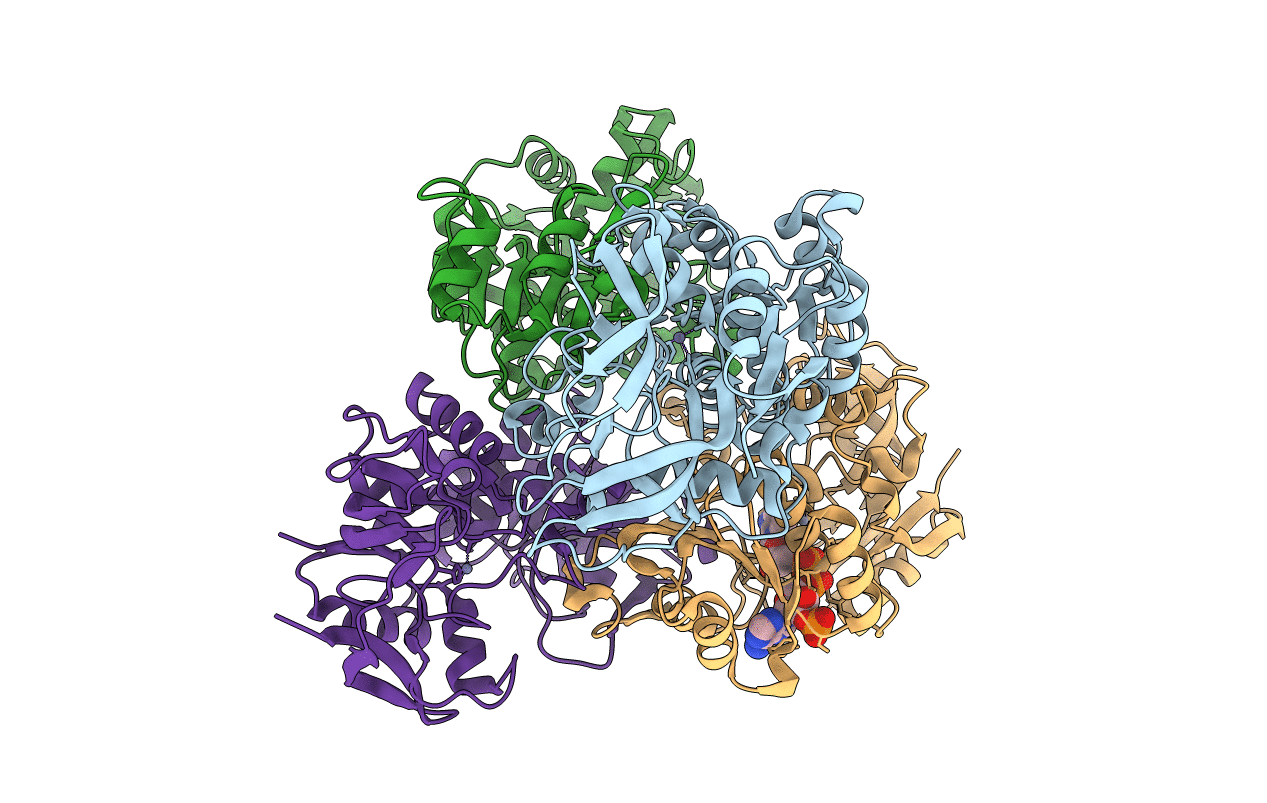
Deposition Date
2021-06-16
Release Date
2021-10-27
Last Version Date
2023-11-29
Entry Detail
PDB ID:
7F3P
Keywords:
Title:
Crystal structure of a nadp-dependent alcohol dehydrogenase mutant in apo form
Biological Source:
Source Organism:
Thermoanaerobacter brockii (Taxon ID: 29323)
Host Organism:
Method Details:
Experimental Method:
Resolution:
2.60 Å
R-Value Free:
0.23
R-Value Work:
0.18
R-Value Observed:
0.18
Space Group:
P 21 21 21


